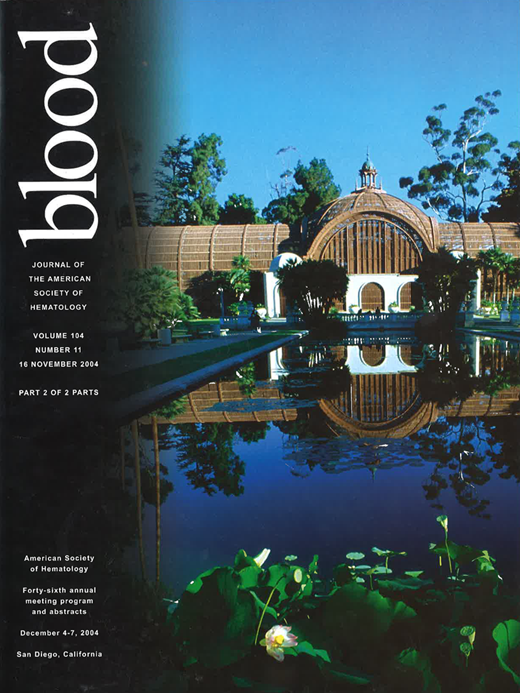Abstract
Investigations into seasonal trends for the onset of leukemia have produced conflicting results. The majority of studies demonstrating seasonal variation have done so for childhood ALL and have suggested a role for an infectious agent. Few investigations have studied adult AML and none have looked at the potential differences between various AML subtypes. An infectious etiology for adult AML will more likely be reflected by cases that are truly de novo and that have not arisen by transformation from a pre-leukemic phase or from prior exposure to a carcinogenic agent. The Victorian Cancer Cytogenetics Service is the central reference laboratory for cytogenetic analysis of all new adult leukemias in the state of Victoria. We have investigated seasonal trends in the diagnosis of 635 cases of new adult AML (≥15 yrs) received for cytogenetic analysis during a five-year period, March 1999 – Feb 2004. Cases of new AML that were secondary in nature were excluded. Cases were subdivided into three recognised prognostic risk groups (favourable, intermediate and adverse) based on cytogenetic findings according to the published criteria of the UK Medical Research Council. The favourable risk group (FR) consisted of t(15;17), inv(16)/t(16;16) and t(8;21) (n = 95). The adverse risk group (AR) included complex karyotypes, abnormalities of 3q, monosomy 7 and loss of chromosome 5 or part of 5q (n = 118). The intermediate risk group (IR) consisted of all other cytogenetic findings including normal results (n = 422). The cytogenetic abnormalities comprising the FR group are rarely associated with secondary AML whereas the converse is true of the AR group. Initial descriptive statistics demonstrated that the greatest trend towards seasonal variation was in the FR group with a peak occurrence in Spring. Spectral analysis was subsequently performed on the data in order to detect if any underlying pattern was genuinely present for the three prognostic groups. The outcome of this analysis supported the possibility of an approximately 12 month cycle for the FR group with the potential peak around the month of October, the middle month of a southern hemisphere Spring. The relatively short time frame of only 5 years limited the interpretation of the analysis. However, these results suggest a possible seasonal trend in the incidence of new adult AML presenting with cytogenetic abnormalities associated with a favourable prognosis. Analysis of data covering a greater time period is proposed to further investigate these preliminary findings.
Author notes
Corresponding author

